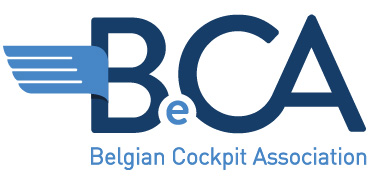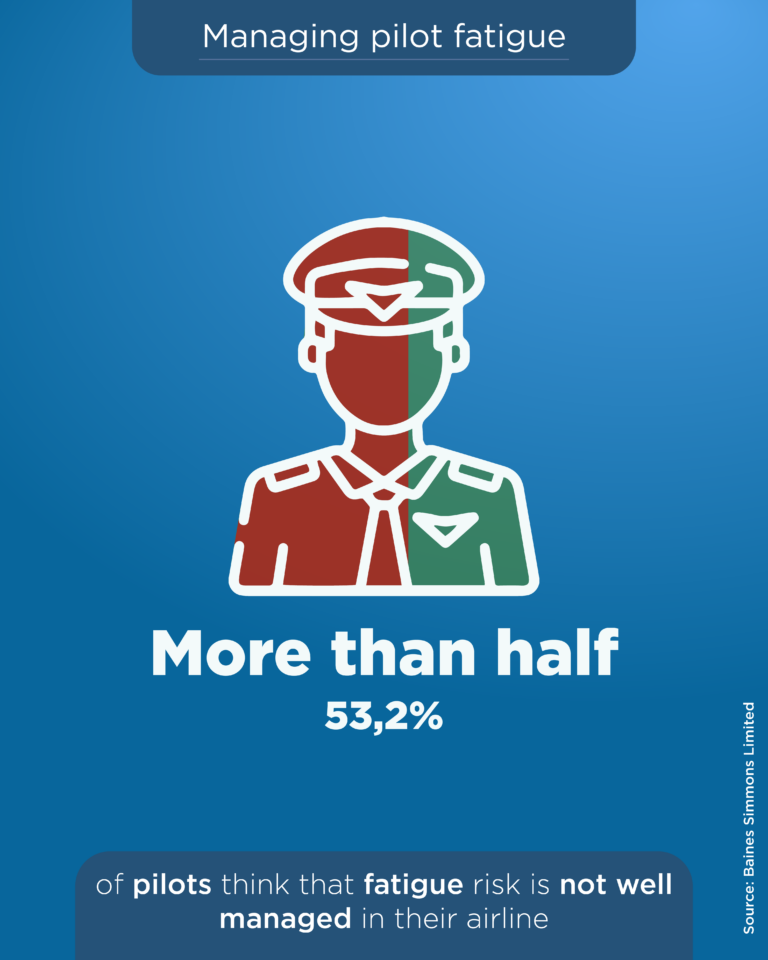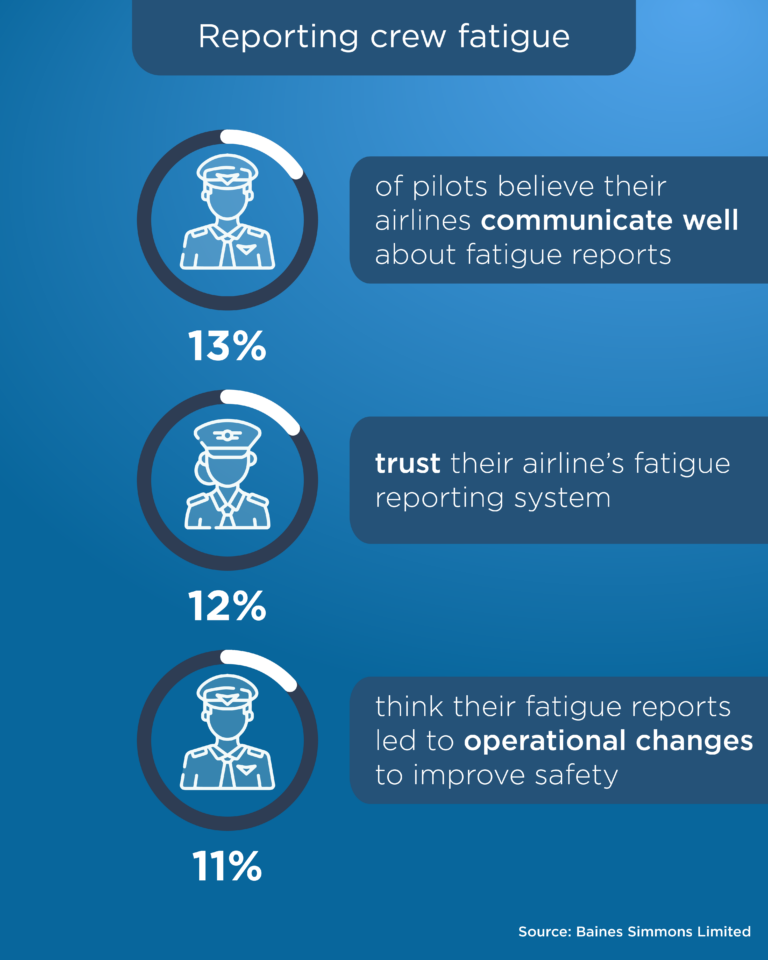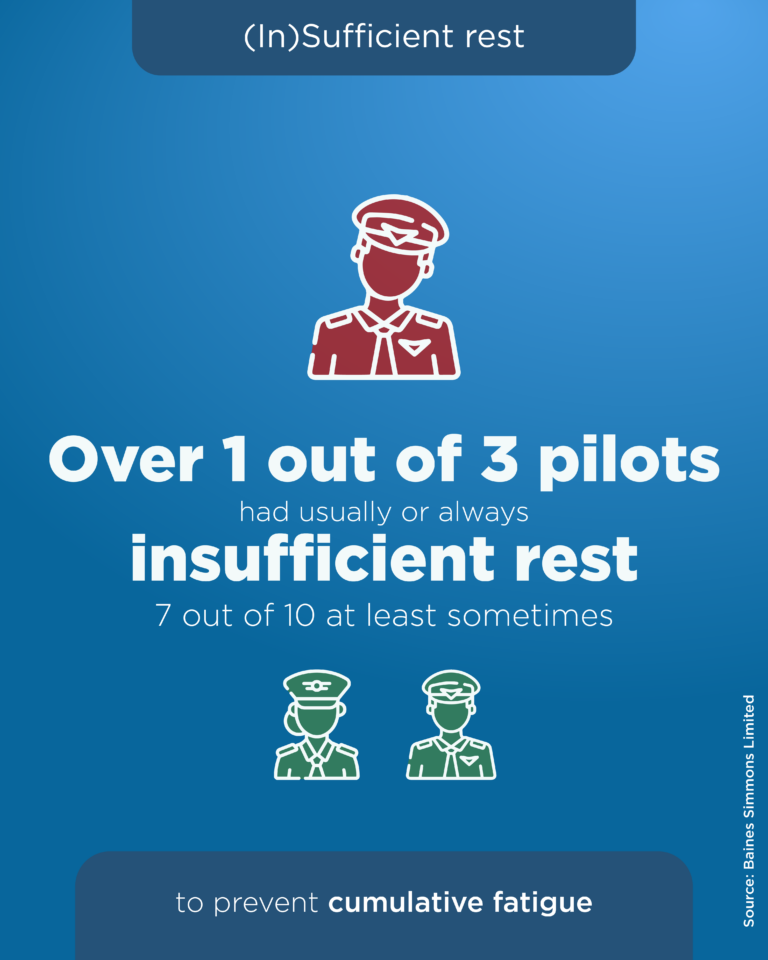Microsleeps in the cockpit, insufficient rest opportunities to prevent cumulative fatigue, extending flight duties beyond the legal maximum: a newly released report paints a poor picture of fatigue risk management in European aviation.
The report, ‘A fatigue survey of European Pilots’ by the aviation safety management consultancy Baines Simmons, analyses the responses from nearly 6.900 European pilots from 31 countries. The report identifies not only significant indicators of fatigue ahead of the busy summer period, but also structural shortcomings in how European airlines manage their fatigue risk. Airlines under the safety oversight of several countries – in particular Ireland, Malta, Spain, and the UK – stand out as the worst performers on many of the aspects covered by the report.
The Baines Simmons report comes out just two months after the European Aviation Safety Agency (EASA) warned about the risk of increased aircrew fatigue during the summer and called upon airlines to plan with sufficient buffers and to refrain from relying on the pilots to systematically extend maximum flight duties. However, the report’s findings point into a different reality.
The report also shows another, more structural dimension, which is present not just during the summer operations: “The data demonstrated that there are challenges and inadequacies in the fatigue risk management arrangements of operators across all countries represented, and gaps in the oversight provided by regulators”, while adding that “there are clear indications of improvement being required, and a lack of standardisation across European states”.
A trend which stands out across the survey data is that airlines registered in Malta, Spain, Ireland, and the UK, score consistently lower on fatigue management, reporting, rest, or use of Commander’s Discretion and fear of refusing it.
This raises a number of questions, and it is clearly up to the authorities, as well EASA, to look deeper as to what is going on in those countries and in the airlines under their oversight. We hope that EASA and national authorities across Europe will take a careful look at the report and take the necessary action to ensure that airlines provide effective fatigue reporting systems and manage properly their fatigue related safety risks.
https://www.eurocockpit.be/news/pilot-fatigue-new-report-reveals-safety-management-deficiencies





